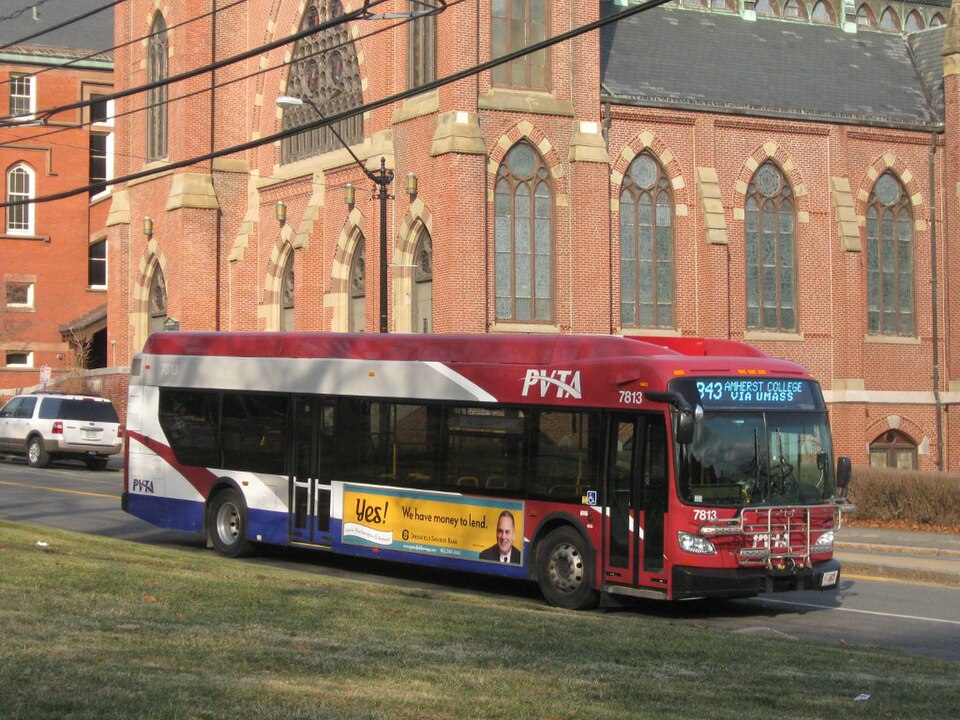The ability to travel has been important for as long as human history has existed. In our current age, it’s almost a requirement to own an automobile in order to get where you want to go. However cars are extremely expensive, currently the average price of a car is nearly 50k in 2025, and that’s not including gas price or maintenance fees in order to keep the car running. On top of that, it’s required to own car insurance for your vehicle which can cost hundreds of dollars a year to thousands for a service you might never use. You can’t just not have a way to travel though, so how can this conundrum be solved? Public transportation is the answer.
The bus or train doesn’t always take you where you want to get exactly though, it can drop you off at a stop that’s not too far away from your desired destination, but it could take hours to walk to it. Bringing along a personal transportation device (like a bike) solves that “last mile problem”. The only problem with trying to use a bike with the public transportation that I want to use, PVTA (Pioneer Valley Transportation Authority), is that there is only room for 2 or 3 bikes, while the bus can seat between 30-45 people. So what’s another option for personal transportation? PEVs or personal electric vehicles, like foldable electric scooters or electric skateboards.
The only problem is PVTA doesn’t allow battery operated vehicles on their buses. Even though they don’t disclose it on their website, I have personally been denied from entering a PVTA bus because I was holding my own PEV, and that introduces my opinion. My opinion is that PEVs should be allowed on PVTA buses, and any public transportation in general. I understand the reasoning behind not letting these vehicles on the buses or trains, most PEVs use lithium ion batteries or lithium based ones, and these batteries can combust in the right conditions. However, self combustion of the batteries is highly unlikely to occur unless the battery is charging or discharging, or subject to severe vibrations, or extreme heat (above 130 °c, well over the temperature that water boils!). PVTA would have to of course set regulations and rules, like don’t charge on the bus, or don’t ride around on it.

PEVs get most of their bad reputation from toys like hoverboards that were self combusting while charging, they were made cheap and not designed for travel in general. I personally use a PEV that has over 2 thousand miles on it without any issues, I even go off-roading with it, throwing the batteries around without a single problem, so I bet they could survive even an adventurous bus ride.
An example of a place that regulates but allows PEVs is a neighboring state, New York. They have similar rules that I suggested: don’t charge on the bus, and don’t ride it on the bus, but carrying them on the bus is at least permitted. New York requires the PEV to bear the CE or UL certification to be allowed on buses.
Battery technology is only getting better and better, if buses or trains don’t want to get left in the past, the administrators of public transportation systems have to start understanding and regulating things that are already in existence. These new technologies could help give buses more reason to exist, helping create other ways of travel instead of a car dominated society.






Lino Colon • Jun 2, 2025 at 3:42 am
Hi I have the same issues.I understand what you mean I wish I can get on the bus with my folding scooter. Thanks 🙏🏻 & keep talking about it.👍🏻